Filter by
You must be a CTBUH Member to view this resource.
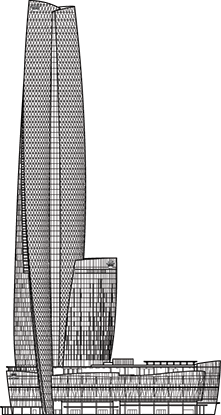
Barangaroo South
Complex
Architecturally Topped Out
hotel / office / residential / retail
905
349
1,867
Note: Only buildings that have GPS coordinates recorded are displayed.
|
RANK
|
Name
|
Completion
|
Height
|
Floors
|
Function
|
|---|---|---|---|---|---|
| 1 | One Barangaroo | 2020 |
271 m / 890 ft |
71 | Residential / Hotel |
| 2 | One Sydney Harbour Tower 1 | 2024 |
247 m / 810 ft |
72 | Residential |
| 3 | One Sydney Harbour Tower 2 | 2024 |
230 m / 754 ft |
68 | Residential |
| 4 | International Towers Sydney Tower 1 | 2016 |
217 m / 712 ft |
51 | Office |
| 5 | International Towers Sydney Tower 2 | 2015 |
178 m / 584 ft |
43 | Office |
| 6 | International Towers Sydney Tower 3 | 2016 |
169 m / 554 ft |
40 | Office |
| 7 | Waterman’s Residences | 2024 |
104 m / 341 ft |
30 | Residential |
| 8 | Daramu House | 2020 |
30 m / 98 ft |
7 | Office / Retail |
| 8 | International House South | 2017 |
30 m / 98 ft |
7 | Office / Retail |
2021 CTBUH Awards
2021 CTBUH Awards
2018 CTBUH Awards
22 August 2018 - CTBUH Research
29 October 2017 - Event

30 October 2017
Chris Wilkinson of Wilkinson Eyre Architects is interviewed by Chris Bentley during the 2017 CTBUH Australia Conference.
 3XN_Adam Mørk2.jpg)
30 October 2017
CTBUH 2017 Conference Speakers
The future of humanity on this planet relies on the collective benefits of urban density; reducing both land consumption and the energy needed to construct...

06 April 2021
Lendlease has moved to increase the heights of one of three residential towers at its AU$4 billion (US$3 billion) One Sydney Harbour development at Barangaroo...
2021 CTBUH Awards
2021 CTBUH Awards

30 October 2017
Chris Wilkinson of Wilkinson Eyre Architects is interviewed by Chris Bentley during the 2017 CTBUH Australia Conference.
_(c)William-Thorpe_ccby-sa.png)
30 October 2017
Tall buildings have an important role in defining the character of the City and they help reduce urban sprawl. However, when a building rises above...
zengsx_ccby-sa.png)
19 October 2016
Wednesday, October 19, 2016. Guangzhou, China. Chris Wilkinson of Wilkinson Eyre, presents at the 2016 China Conference Plenary 5: "Beyond Guangzhou: Other Settings" Using four...

31 May 2018
International Towers Sydney is the anchor piece of Barangaroo South, one of the most significant waterfront regenerations globally; weaving it organically into the existing CBD’s...

31 May 2018
The three towers of International Towers Sydney are the driving force behind Barangaroo, Sydney’s largest urban regeneration project in decades. It unites the CBD with...

31 October 2017
Ivan Harbour of Rogers Stirk Harbour + Partners is interviewed by Chris Bentley during the 2017 CTBUH Australia Conference.

31 October 2017
Karl Fender of Fender Katsalidis Architects is interviewed by Chris Bentley during the 2017 CTBUH Australia Conference.
 3XN_Adam Mørk2.jpg)
30 October 2017
CTBUH 2017 Conference Speakers
The future of humanity on this planet relies on the collective benefits of urban density; reducing both land consumption and the energy needed to construct...
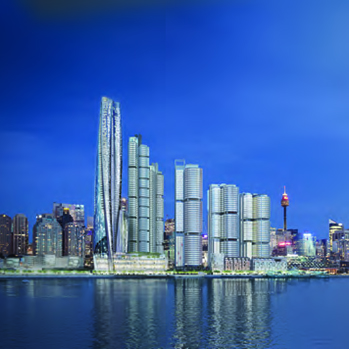
17 October 2016
Simon Cloherty & Brad Nichols, Robert Bird Group
Crown Sydney will be located within Barangaroo South – one of three precincts on the foreshore of Darling Harbour – on the western edge of...
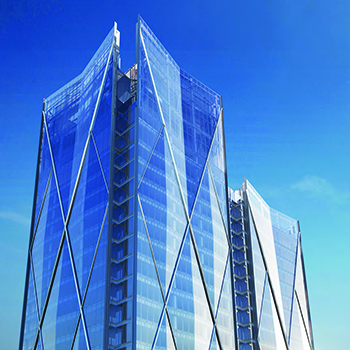
17 October 2016
Chris Wilkinson, Wilkinson Eyre Architects
Using four tower designs on four continents – the Guangzhou International Finance Center in China, the Crown Sydney Resort Hotel in Australia, 45 Bay Street...
.jpg)
10 January 2017
Jason Gabel, Annan Shehadi, Shawn Ursini & Marshall Gerometta, CTBUH
CTBUH has determined that 128 buildings of 200 meters’ height or greater were completed around the world in 2016 – setting a new record for...
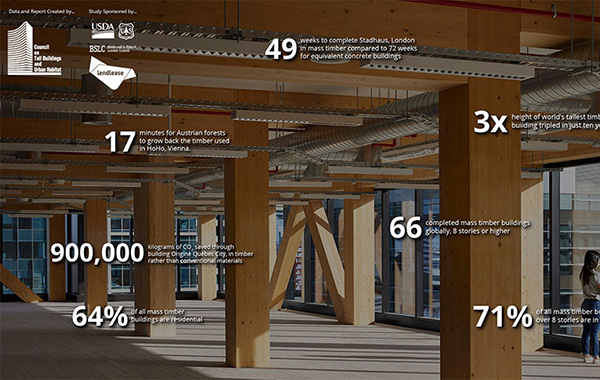
23 May 2022
CTBUH Research
This data study represents the significant recent momentum of the mass-timber movement worldwide. There are now 139 mass timber buildings around the world of eight...
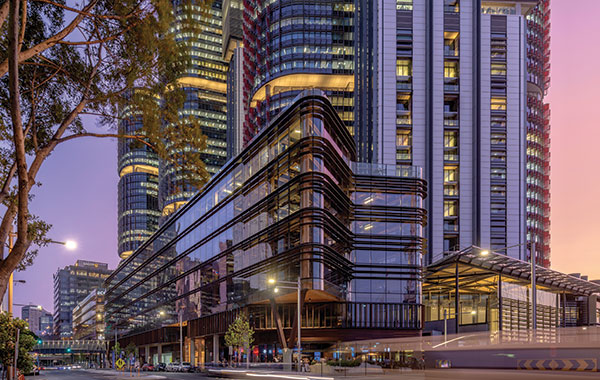
04 April 2022
Lisa Thom, Lendlease
As the tall building industry increasingly becomes interested in using engineered mass timber to construct high-rise buildings, the economical and construction-efficiency advantages need to be...

06 April 2021
Lendlease has moved to increase the heights of one of three residential towers at its AU$4 billion (US$3 billion) One Sydney Harbour development at Barangaroo...

26 May 2020
Crown Sydney has topped out, reaching the vertical limits of the 272-meter-high hotel resort and residences at One Barangaroo. After four years of construction, Crown...

10 February 2020
ASX-listed casino operator Crown Resorts has unveiled early images for Sydney's first six-star hotel and its serviced apartments at One Barangaroo, a controversial AU$2.4-billion (US$1.6-billion)...

21 August 2019
The New South Wales government has reached a settlement with Lendlease and Crown Resorts over the Barangaroo sight lines dispute, in a move that ensures...
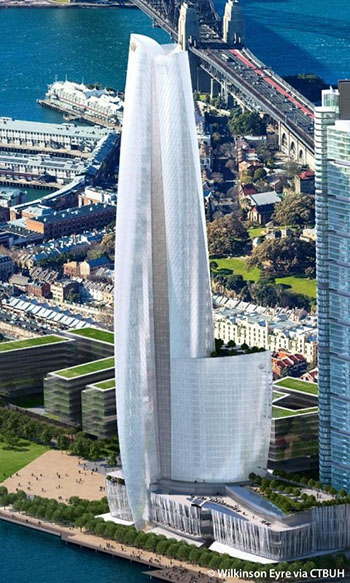
15 March 2019
Following 14 months of construction, the One Barangaroo hotel and casino development stands almost 120 meters above the harbor, with the first level of the...
22 August 2018
CTBUH has released a Tall Buildings in Numbers (TBIN) interactive data study on the world's tallest buildings with dampers.
29 October 2017
Delegates gathered in the offices of Arup in Sydney to participate in the Tall Timber Workshop, which included 14 presenters speaking on topics relevant to the tall timber industry.
11 July 2017
CTBUH is pleased to announce that Lendlease has confirmed as a Diamond Sponsor and Networking Reception Host of the 2017 Conference.
Subscribe below to receive periodic updates from CTBUH on the latest Tall Building and Urban news and CTBUH initiatives, including our monthly newsletter. Fields with a red asterisk (*) next to them are required.
View our privacy policy